The Vietnam Investment Forum 2026 (VIF 2026) with the theme "Macro picture - real estate - financial market - stock market: Vietnam's path to prosperity" has just taken place, attracting the participation of many economic experts, policy makers, bank leaders, investment funds and domestic and international investors.
Financial centers must be catalysts for reform
At the discussion session with the topic "Financial market - Pillar and driving force of Vietnam's growth", Dr. Nguyen Minh Cuong - Economic expert emphasized that Vietnam has long been one of the economies attracting the strongest FDI capital flows in Asia and even in the world , even when we do not have any international financial center. This is proof of the inherent attractiveness of the Vietnamese economy, along with the correct and consistent international integration strategy.
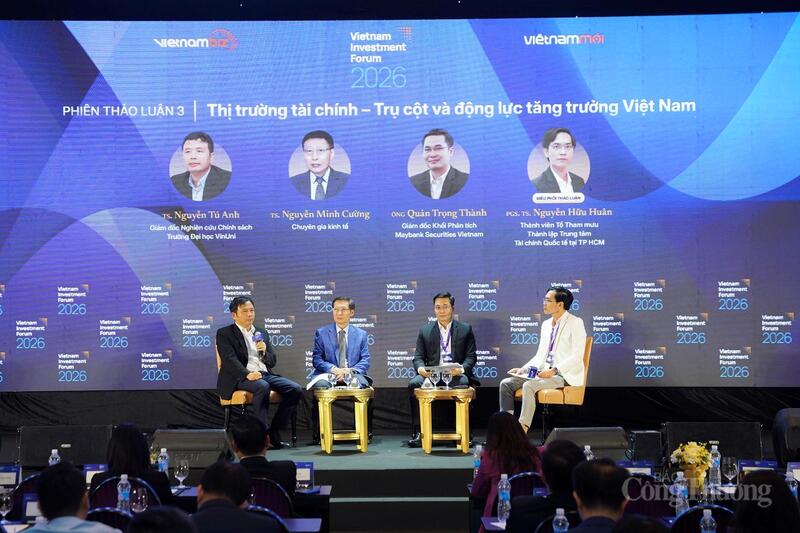
Discussion session with the topic "Financial market - Pillar and driving force of Vietnam's growth".
He analyzed that the period from when Vietnam began to open its economy, to signing the Bilateral Trade Agreement with the United States (BTA), then joining the WTO, APEC, ASEAN... was the decisive stage, marking the process of extensive trade liberalization. The US lifting the embargo, followed by signing the BTA and implementing a series of international commitments, opened a period of strong integration, forcing Vietnam to comprehensively reform to adapt to global trade standards.
Through joining ASEAN and implementing the CEPT – a binding tariff reduction agreement along with other important bilateral agreements, Vietnam has been forced to open up more strongly, improve the investment environment, enhance institutional capacity and improve the quality of management. Thanks to that, Vietnam has quickly become an attractive FDI destination, while strongly developing the system of export processing zones and industrial parks, creating an important foundation for international trade and investment flows.
Up to now, although Vietnam's economy has not been completely "open" according to all macroeconomic criteria, in terms of international trade alone, Vietnam has risen to the group of economies with the largest trade openness in the world. Import-export turnover has grown strongly, trade openness far surpasses many countries in the region, showing the clear effectiveness of the integration and trade liberalization strategy.
From that foundation, the question arises: Is financial liberalization the next step in Vietnam's development? Dr. Nguyen Minh Cuong believes that this is an issue that needs to be considered in the long-term vision. When discussing the formation of financial groups or financial centers, the core is not only the "will to build", but also to clearly determine whether this is an inevitable step in the integration process after completing the trade liberalization phase.
Currently, Vietnam still controls capital flows to a certain extent, international capital inflows and outflows are still subject to some restrictions. The question is whether we are ready to fully open up capital flows? If so, can the financial center become a “policy testing ground” similar to the export processing zone model that was previously applied – a place to establish a specific financial mechanism, testing a higher level of liberalization before applying it to the whole economy?
According to experts, in terms of resources, Vietnam does not lack capital. In 2018, the amount of undisbursed capital reached about 20 billion USD. During the COVID-19 pandemic, when many proposals were made to mobilize more capital to support the economy, the research agency affirmed that only disbursing all outstanding capital would be enough to meet the demand. In addition, during the period when the corporate bond market was strongly developing, Vietnam mobilized tens of billions of USD in a few years. Thus, the current bottleneck does not lie in the ability to access capital, but in the efficiency of allocating, exploiting and using domestic capital.

Dr. Nguyen Minh Cuong - Economic expert
On that basis, if a financial center is built, it will certainly contribute to attracting more international capital, but that is not the only main goal. More importantly, it needs to play the role of a bridge and catalyst for Vietnam to consider and move towards liberalizing the financial market according to an appropriate roadmap. The possibility of operating according to the previous export processing zone model where preferential mechanisms are applied within a defined scope can absolutely be a pilot option.
Of course, Vietnam can refer to and learn from the experiences of successful financial centers in the world, from the completely free market model to the pilot model in each region. However, the most important thing, according to Dr. Nguyen Minh Cuong, is to clearly define the strategic goal: The financial center is not just a symbol or ambition, but must be a strategic step in the next opening process of Vietnam.
Must have real advantages to attract global capital
Answering the question “How can the international financial center of Ho Chi Minh City or Da Nang compete with major financial centers in the world?”, Dr. Nguyen Tu Anh, Director of Policy Research at VinUni University, said that the important issue is not only the establishment of a financial center, but also the explanation of the question: What benefits will financial investors get when coming to Vietnam? “Why don’t they choose Singapore but have to come to Vietnam?”, he asked.
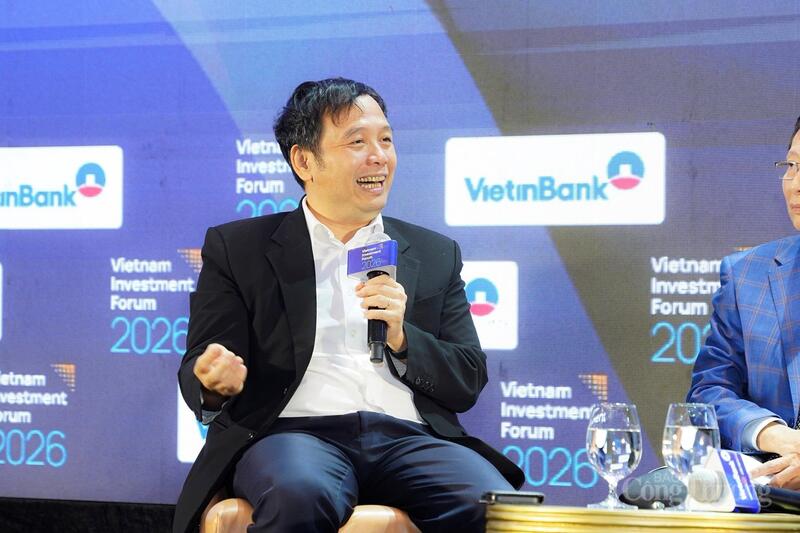
Dr. Nguyen Tu Anh, Director of Policy Research, VinUni University
According to Dr. Nguyen Tu Anh, to become an international financial center, Vietnam must become a regional capital distribution center. This can only happen when one of two conditions is met. First, Vietnam must become a country with capital surplus like China's model in the past, when it accumulated large amounts of capital and pushed it out to financial markets such as Shanghai and Hong Kong (China). However, Vietnam is not in this position yet.
Second, taking advantage of the world's transition to a multipolar order when "the old is fading and the new has not yet formed". In that scenario, Vietnam can play the role of a "hub" connecting capital flows between economic poles.
Mr. Quan Trong Thanh, Director of Analysis at Maybank Group, believes that building a financial center does not necessarily require copying existing models, but needs to be based on Vietnam's actual conditions and creating attractive "rules of the game" with a certain degree of freedom. Vietnam has the advantage of being a young, dynamic economy, leading the trend of digital assets and financial technology. Evidence is the recently issued Law on Digital Technology Industry and the recent Resolution 05 allowing testing of fintech models.
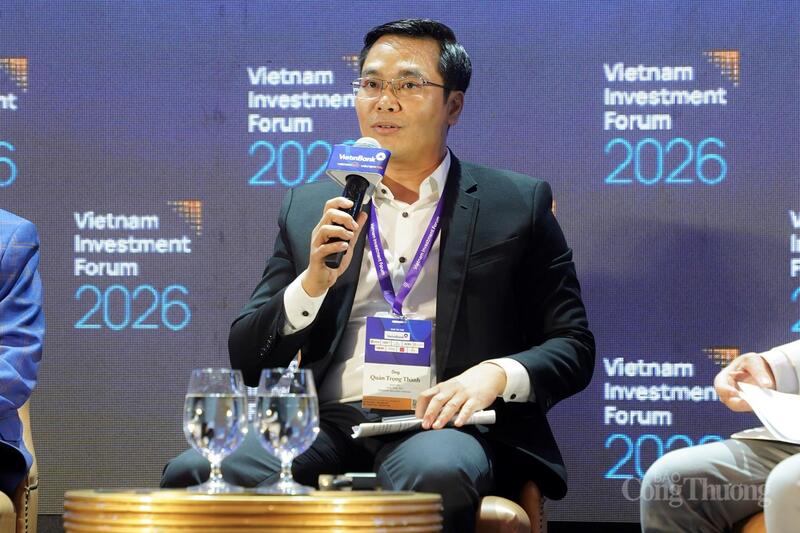
Mr. Quan Trong Thanh, Director of Analysis, Maybank Group
However, Mr. Thanh is concerned about the lack of consistency in the legal framework. “The Law on Digital Technology Industry allows the issuance of stablecoins, but Resolution 05 does not mention digital assets based on legal currencies. Meanwhile, Vietnamese investors who want to trade digital assets currently have to convert to USD to buy USDT, causing foreign currency to flow out,” he said, suggesting that if state-owned commercial banks issue stablecoins, foreign currency capital can be retained in the system.
Sharing his perspective from the real economy, Dr. Nguyen Minh Cuong emphasized that financial centers can only develop sustainably when based on the competitive advantages of each locality. Ho Chi Minh City or Da Nang must link financial centers to their real economic structures, instead of building separate models. "It is impossible to establish a financial center without relying on the specific economic strengths of each locality," Dr. Cuong affirmed.
Experts at the Vietnam Investment Forum 2026 also emphasized that the financial center is not just a symbol, but must become a “policy testing ground”, promoting financial liberalization as it has done with trade. Vietnam needs a superior legal mechanism, linked to the real economy of Ho Chi Minh City and Da Nang, while taking advantage of the trend of digital assets, capital flows and the role of a “hub” in the multipolar order.
Source: https://congthuong.vn/tru-cot-nao-giup-trung-tam-tai-chinh-quoc-te-viet-nam-canh-tranh-voi-the-gioi-428940.html






![[Photo] Opening of the 14th Conference of the 13th Party Central Committee](https://vphoto.vietnam.vn/thumb/1200x675/vietnam/resource/IMAGE/2025/11/05/1762310995216_a5-bnd-5742-5255-jpg.webp)





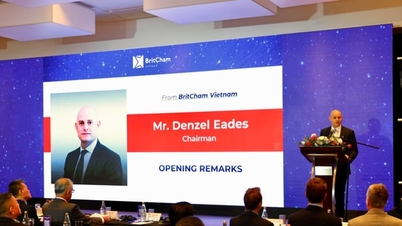



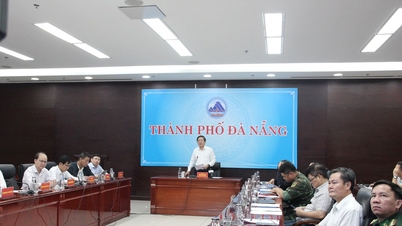




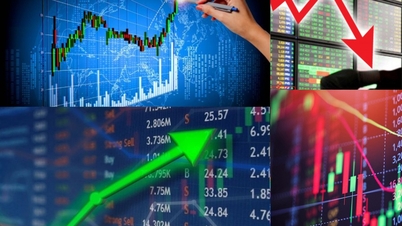















![[Photo] Panorama of the Patriotic Emulation Congress of Nhan Dan Newspaper for the period 2025-2030](https://vphoto.vietnam.vn/thumb/1200x675/vietnam/resource/IMAGE/2025/11/04/1762252775462_ndo_br_dhthiduayeuncbaond-6125-jpg.webp)



































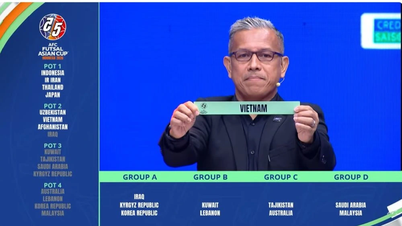














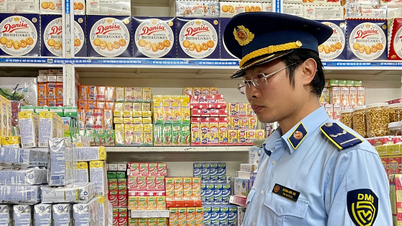




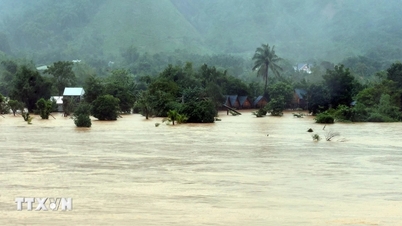

















Comment (0)